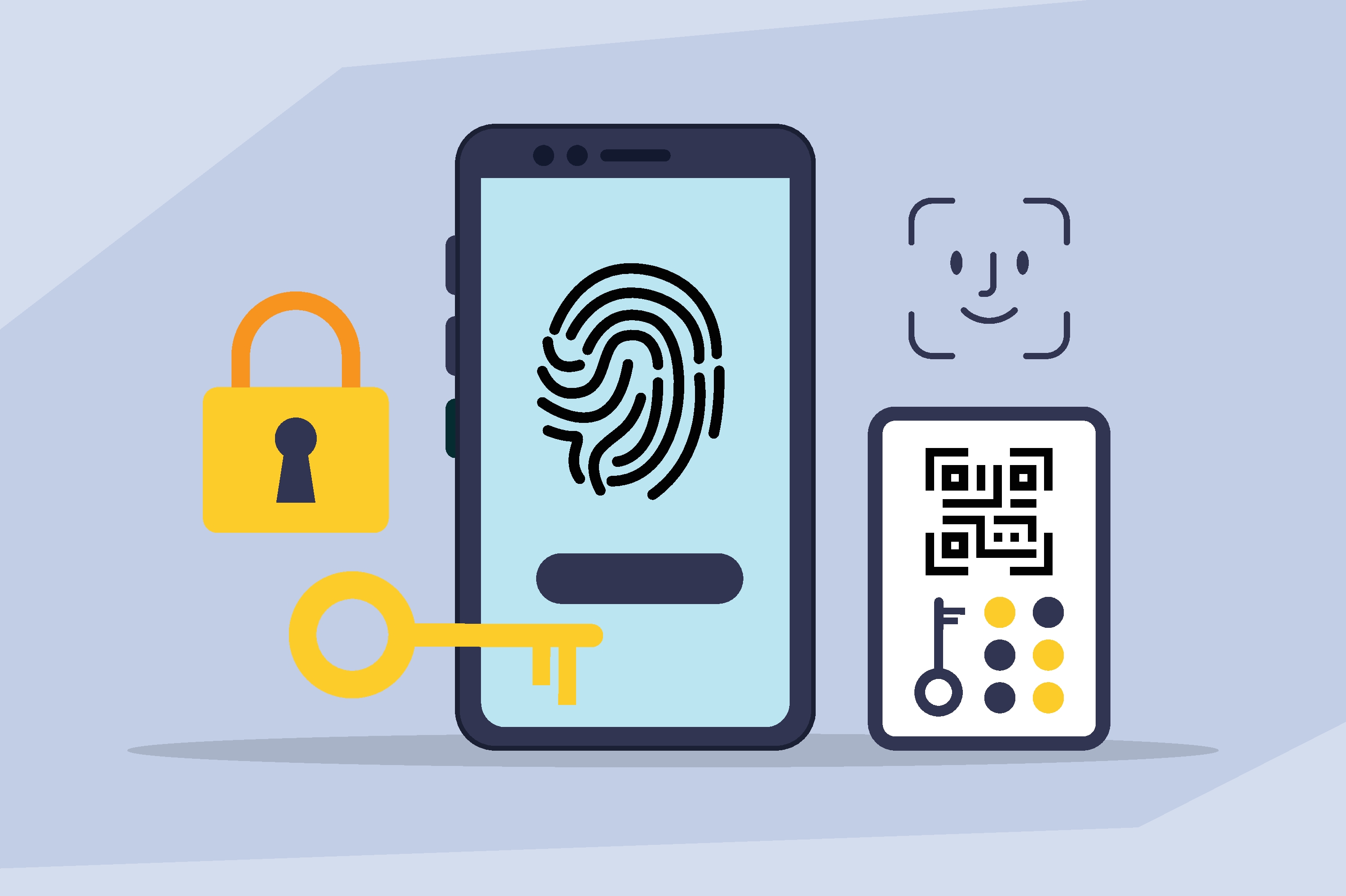Behavioral Biometrics: Dynamic Approach to Authentication and Security


Two factors will play a significant role in the growth and development of behavioral biometrics as an advanced authentication and security gate: the biometrics market overall is expected to reach a value of $30 billion by 2021, and cybersecurity will become one of the hottest industries globally by 2020.
Biometric technology is increasingly getting more popular in the finaserv industry across the world. The tech is claimed to be the most convenient method since users do not have to remember passwords, numbers, or codes. Seeking to leverage this tech, a host of banks have started testing biometrics on limited audiences and certain markets. It may not be long before the industry brings biometric authentication into the mainstream and leaves passwords in the dust forever.
Static vs. dynamic biometrics
Not all biometrics and respectful methods of authentication are born equal. Static biometrics such as vein pattern, fingerprint, retina scan, and selfies are all nearly unchangeable from software and hardware POV that remembers them for the next time a user tries to access a protected device.
Although static biometrics are relatively secure if we were to put passwords next to them, they may fade in their ability to ensure the proper security compared to dynamic solutions, which behavioral biometrics represent.
Behavioral biometrics are ahead of the game when it comes to understanding something that is difficult to copy individual behavioral patterns—hallmarks of the way one uses his/her devices and navigates on platforms.
Behavioral biometrics solutions are able to create a more precise picture of the user by examining a range of behavioral patterns, actively evaluating the user’s unique kinetic interaction signature with their mobile device, as one of the companies operating in the segment described.
Probably one of the most interesting and important hallmarks of behavioral biometrics is that when coupled with learning capabilities, they are able to continuously improve the accuracy, learn a wide variety of pattern elements of a particular user and everything in the background, dynamically improving the security layer. The longer solutions are able to monitor and enrich their database, the more secure protection they are able to provide and more accurately recognize the owner of the device.
Read the press release about Prove's recent acquisition of behavioral biometrics company UnifyID here.

Keep reading
 Read the article: The Death of the OTP: Why Legacy MFA is Failing the Modern Consumer
Read the article: The Death of the OTP: Why Legacy MFA is Failing the Modern ConsumerDiscover why legacy MFA is failing and how Prove Unified Authentication provides a smarter, frictionless alternative. Learn how to replace insecure SMS OTPs with continuous, multi-layered identity assurance that prevents fraud while boosting conversion rates.
 Read the article: Prove Launches ProveX℠, the Internet’s First Digital Trust Exchange
Read the article: Prove Launches ProveX℠, the Internet’s First Digital Trust ExchangeProve launches ProveX, ProveX, a new digital trust exchange that enables enterprises to instantly access verified data and credentials from partners, while preserving trust through every interaction
 Read the article: Beyond the OTP: Why SMS-Based 2FA Is Failing and What Comes Next
Read the article: Beyond the OTP: Why SMS-Based 2FA Is Failing and What Comes NextExplore the classic conflict between security measures and user friction.












